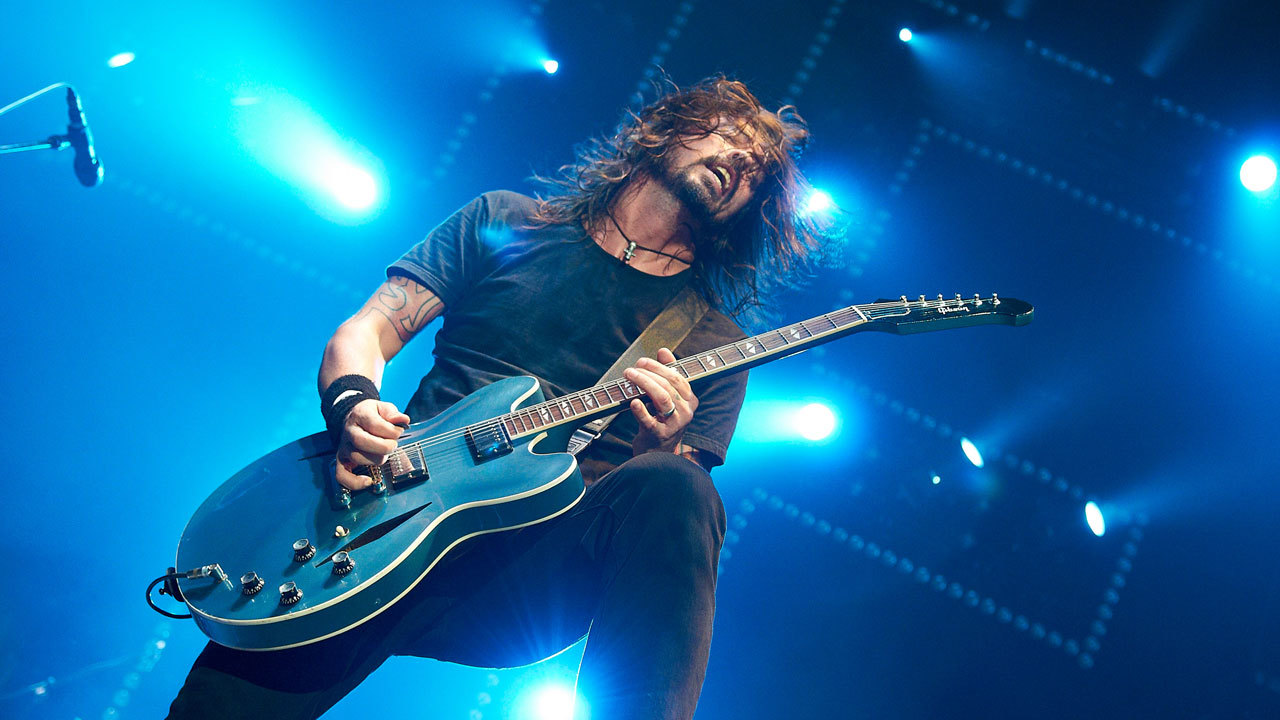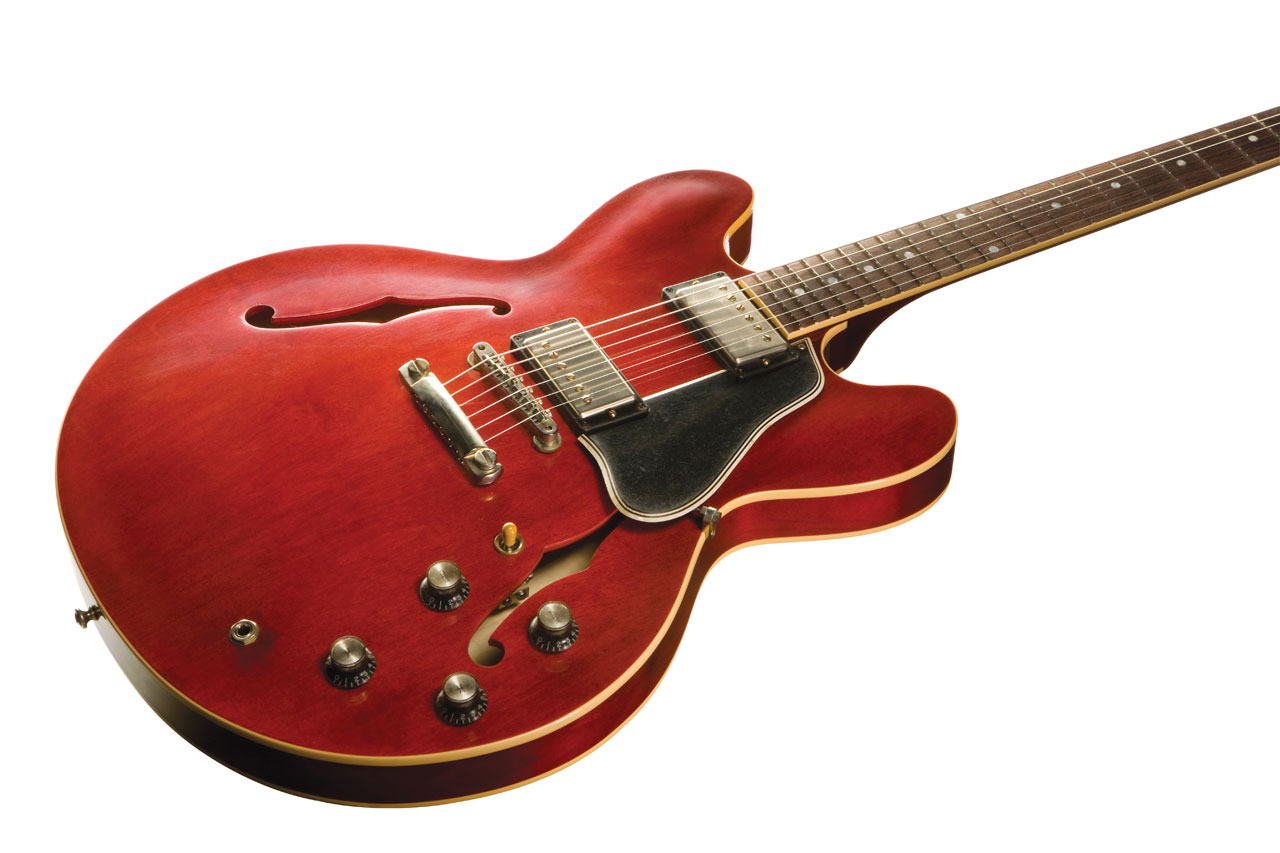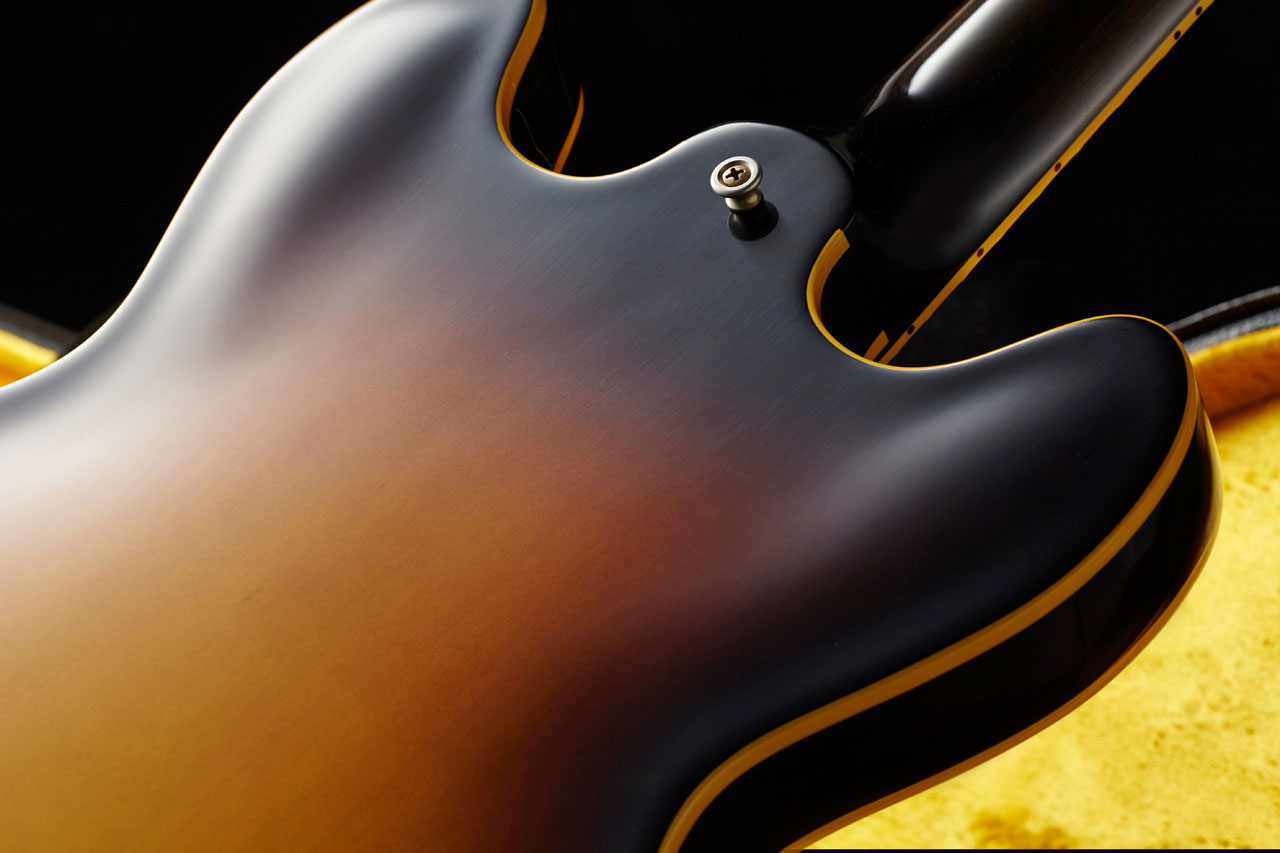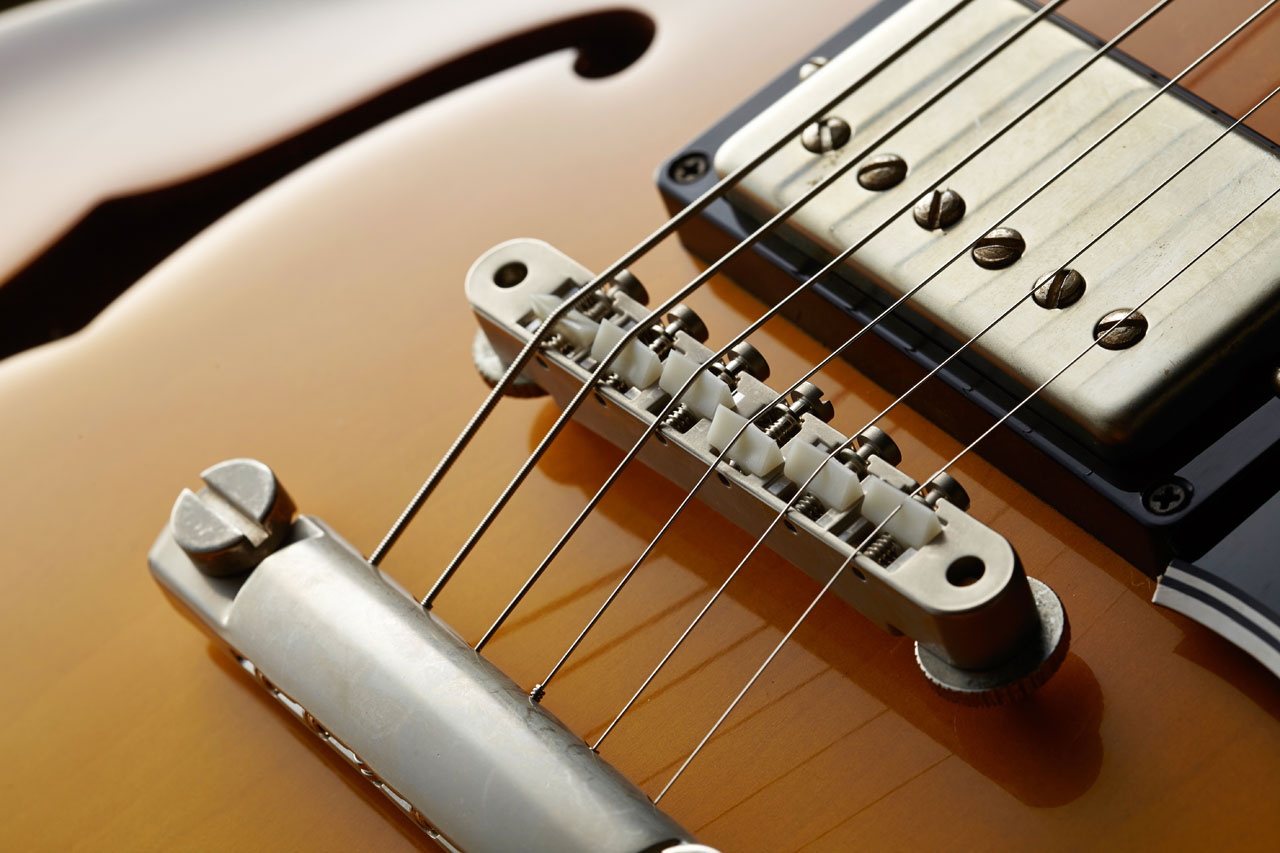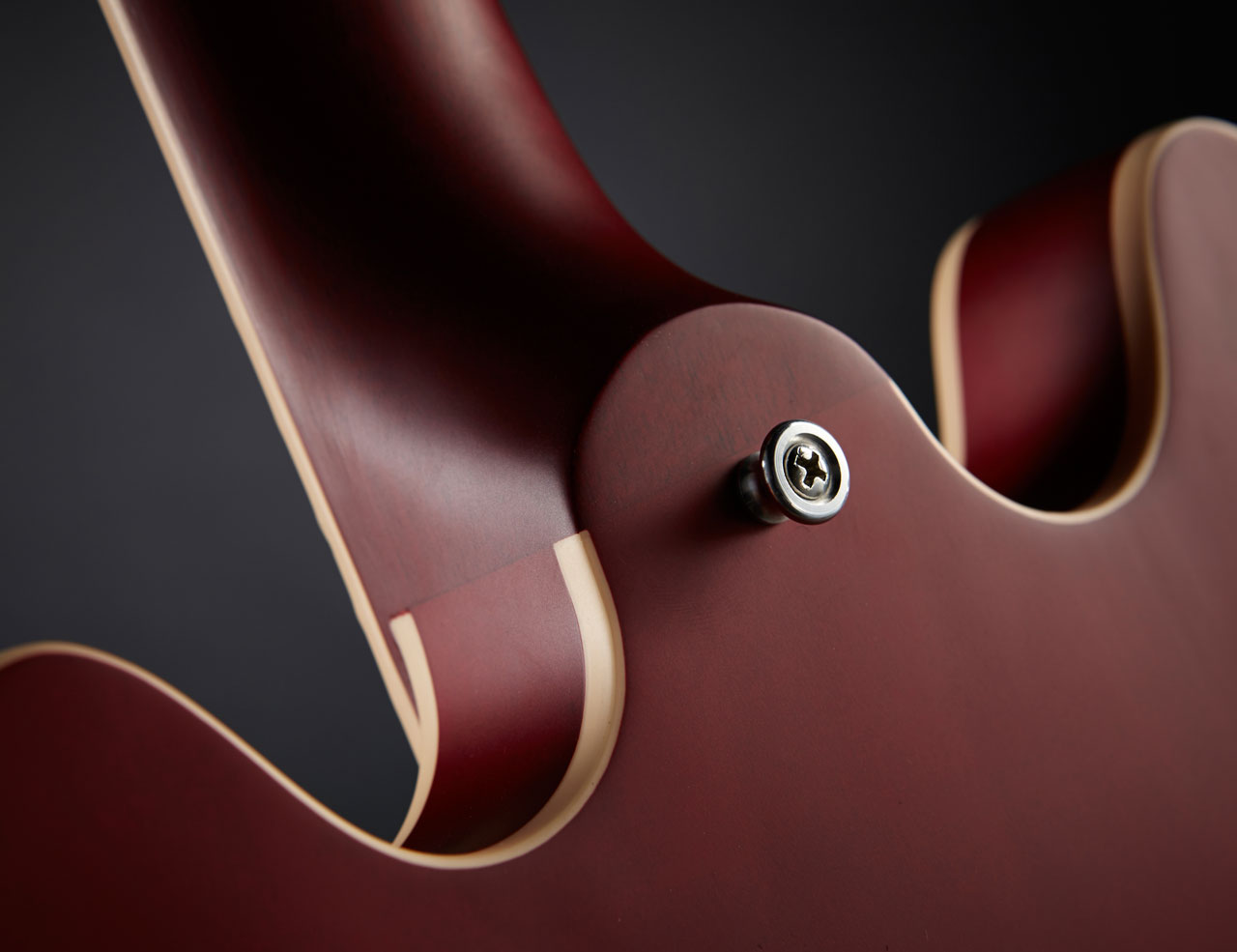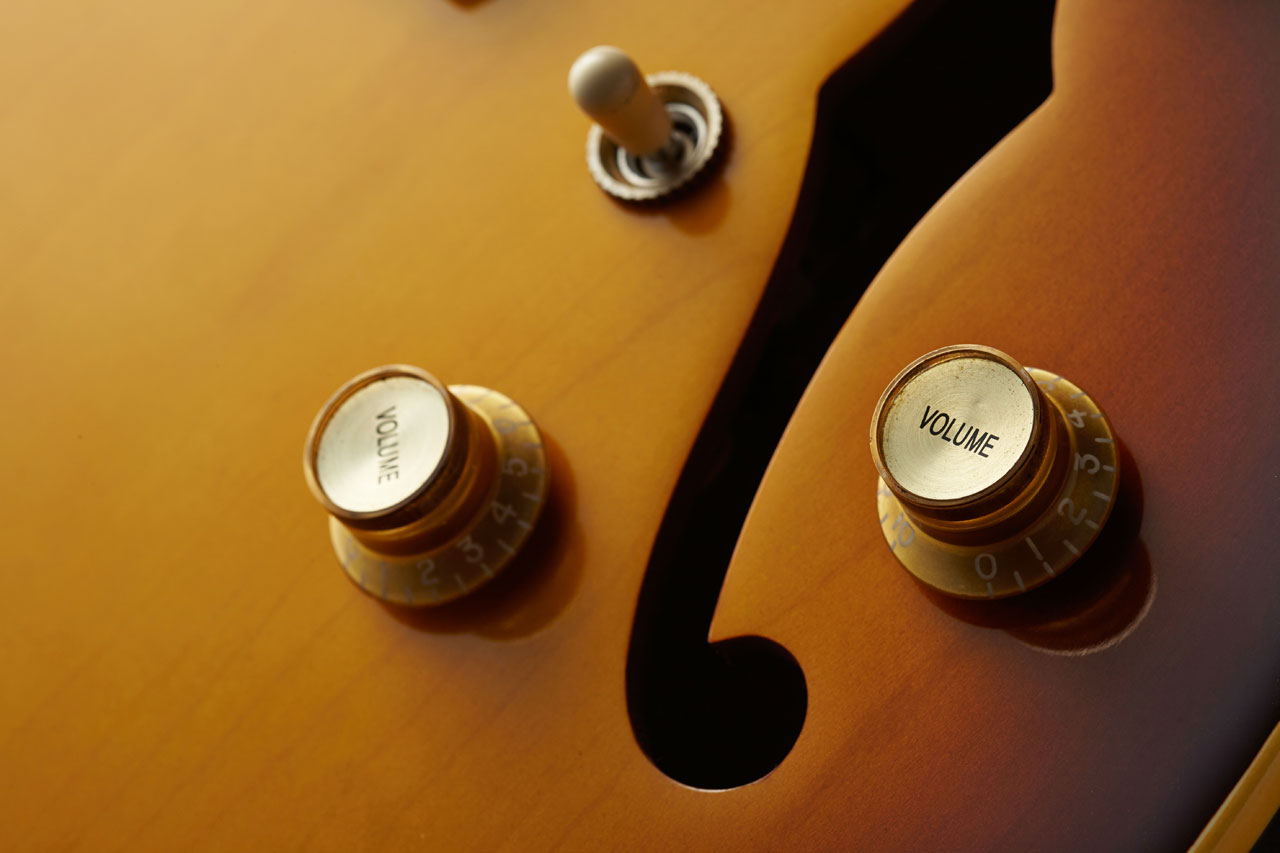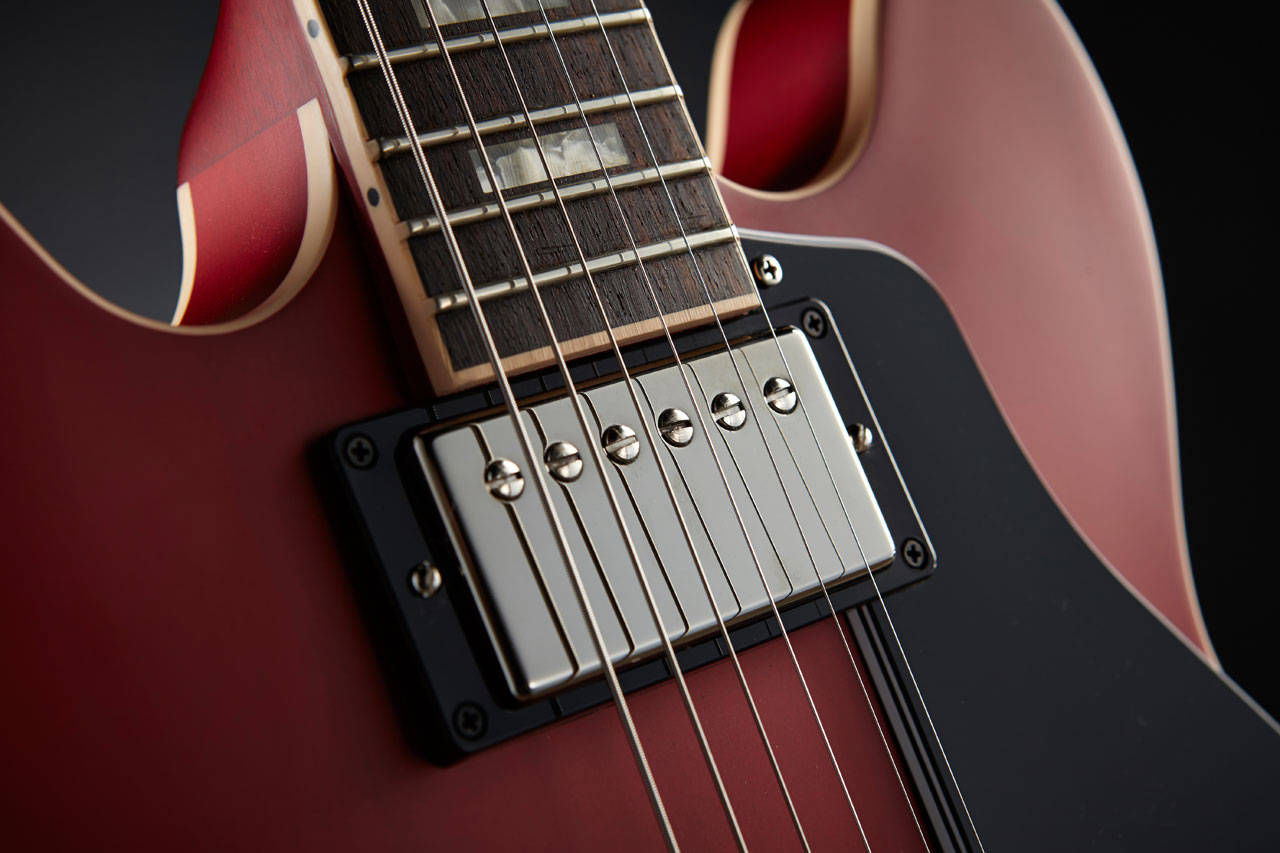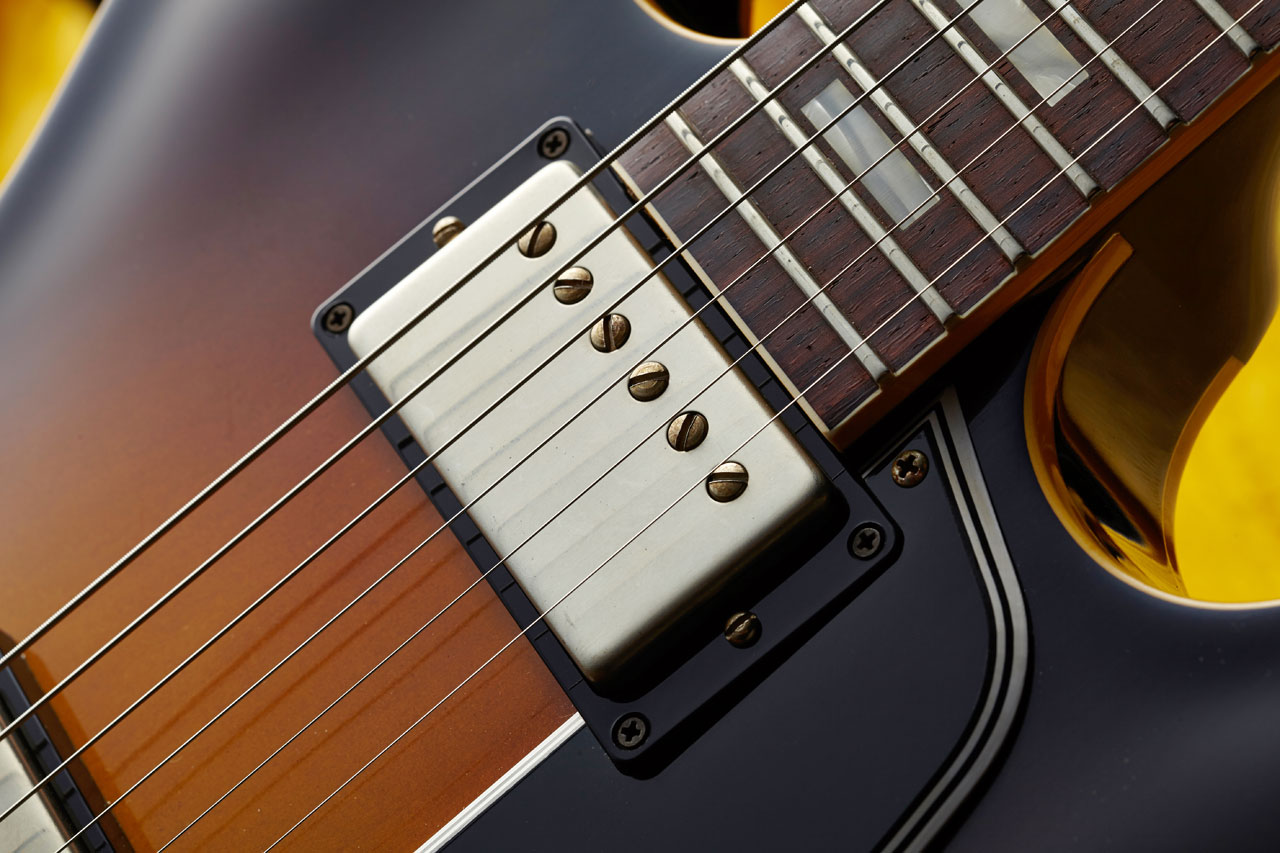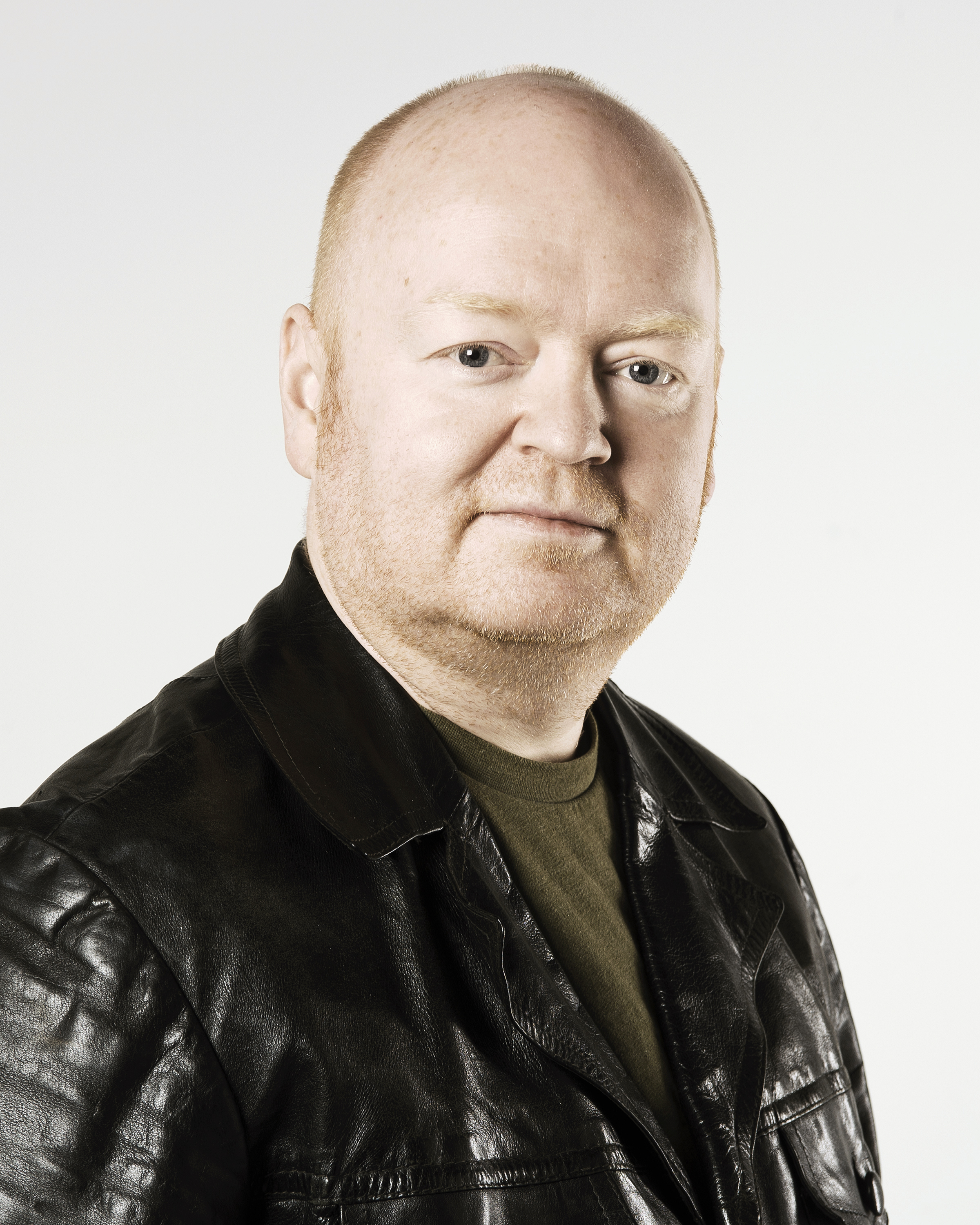Back in the 80s, when shred was king, guitar mags broke out in an epidemic of letters complaining about the lack of soul in the playing of “widdlers” like Tony MacAlpine, RATT’s Warren DeMartini, even Joe Satriani and Steve Vai. The script went something along the lines of “BB King can say more with one note than Eddie Van Halen can with a thousand. Blah, blah, blah…”. It was bollocks of course. Who doesn’t recognise Eddie or Steve Vai’s utterly unique guitar style from the second the needle hits the vinyl?
The grumblers did have a point about BB King. The late “King Of The Blues” is instantly recognisable from a single note - you know the one, a beautifully vibrato’d trill, fingered high up on the fingerboard. Like Chuck Berry’s Johnny B Goode, BB played guitar “just like ringing a bell”… and a big part of Mr King’s instantly identifiable sound was down to his choice of Gibson ES thinline semi-acoustic guitars. The closest the shredders got to the 335 was that time Eddie Van Halen butchered one for its humbucking pickup. In BB’s hands those raw materials hit their tonal peak on his ‘65 masterpiece Live At The Regal, an album that changed the life of British kids like Eric Clapton, Peter Green, Mick Taylor and Paul Kossoff and Paul Rodgers of Free. Why? Cos it’s the greatest blues guitar tone on the greatest blues record ever made…
The first commercially available thinline archtop semi-acoustic electric guitar, the ES-335 was another great idea from Gibson Guitar Corporation president Ted McCarty. The brains behind the Les Paul, SG, Flying V, Explorer, Firebird and many other much-loved planks, McCarty had a knack of solving guitar-fuelled problems… and the ES-335 remedied a major howler.
Launched in ‘58, the 335 looked like a regular hollow body archtop guitar when viewed from the front. It wasn’t. The new guitar was way thinner than the typical big body jazz boxes of the day - hence the “thinline” tag - making it more comfortable to play than say the Gibson ES-295 Scotty Moore played with Elvis, or Eddie Cochran’s G6120 Chet Atkins built by Gibson’s New York-based rivals Gretsch. Comfort aside, the really annoying thing about hollow body electrics is that they squeal when they get too close to an amplifier. In the 60s, guitar hoodlums like Pete Townshend of The Who, brief Yardbird Jeff Beck and Small Faces leader Steve Marriott made shrieking feedback cool. Yet a decade earlier, feedback - and its partner in crime, distortion - was regarded as a technical fault.
McCarty’s brilliant weapon to defeat the unwanted squealing was to build his new ES-335 with a solid wood centre block. The rest of the body was still hollow but the block gave the guitar the feedback resistance of a solid body guitar like the Les Paul without annihilating the bright open hollow body tone. Like we’ve said before, Ted McCarty was a genius. “I came up with the idea of putting a solid block of maple in an acoustic model,” he later recalled. “It would get some of the same tone as a regular solidbody, plus the instrument’s hollow wings would vibrate and we’d get a combination of an electric solid body and a hollow body guitar.”
McCarty had invented the “semi-acoustic” and while the new design was reasonably popular in the late 50s, it took on iconic status in the 60s when Cream-era Eric Clapton and Ten Years After guitarist Alvin Lee [his “Big Red” guitar played at the ‘69 Woodstock festival] used ES-335 models to cut blistering blues rock stuff. The guitar’s centre block not only helped reduce feedback issues, it boosted sustain and bottom-end response. The body is formed from sheets of pressed laminated maple and poplar while the mahogany neck, with its 17 degree headstock pitch, is paired with a rosewood fingerboard. Early models followed the 50s Gibson fat neck trend before slimming down considerably at the start of the following decade. Some models came factory-fitted with Bigsby vibratos but collectors and vintage freaks prefer the sound of the anchored tune-a-matic bridge/stop tailpiece guitars. Figure in a pair of PAF (Patent Applied For) humbuckers and you’ve got a serious tone machine.
In blues rock terms, the ES-335 had its greatest moment in the sun when Clapton used his cherry red ‘64 - along with his Firebird I - at Cream’s farewell concert at The Royal Albert Hall in 1968. The man the great unwashed liked to call “God” sold the guitar via Christies auctioneers in 2004 for $847,500. Expensive, yes… but it did come with a case.
While BB King played a 335 in the late 50s, he soon moved over to its higher spec sibling, the ES-355. This guitar is recognisable from its ebony fingerboard with “block” mother-of-pearl inlays and the large Varitone control, the “cooker knob” loitering near its volume and tone controls that offers access to a bunch of filtered preset sounds. BB called it the “magic switch”. In 1982, Gibson unveiled the B.B. King Lucille signature model, based on an ES-355TD-SV, King spec’d the guitar with no f-holes to further reduce the risk of feedback.
- The Guitars That Built Rock: The Fender Stratocaster
- The Guitars That Built Rock: The Gibson Les Paul
- The Guitars That Built Rock: The Fender Telecaster
- The Guitars That Built Rock: The Gibson Firebird
Like the SG, the ES-335 has been in constant production since its birth. In its various, er, variants, including the 345 and 355, McCarty’s self-proclaimed “second greatest achievement” has been enjoyed by Gary Moore, Noel Gallagher, Steve Marriott, ex-Suede man Bernard Butler, Ocean Colour Scene guitarist and Paul Weller sideman Steve Cradock and Blink 182’s Tom Delonge with his “Marmite” single humbucker signature model.
It might be an old guitar but the ES-335 can punch as hard as any Les Paul, a fact chiselled in rock by Foo Fighter Dave Grohl whose highly-tweaked signature version, inspired by the 60s “Trini Lopez” model features diamond-shaped sound holes. The non-reverse Firebird-style headstock also helps Dave’s guitar stand out from the crowd. After all, the ES-335’s job isn’t just to sound great, it also makes anyone who picks one up feel like an instant rock star.
The Guitar Heroes Quiz: how well do you know rock’s greatest six stringers?
